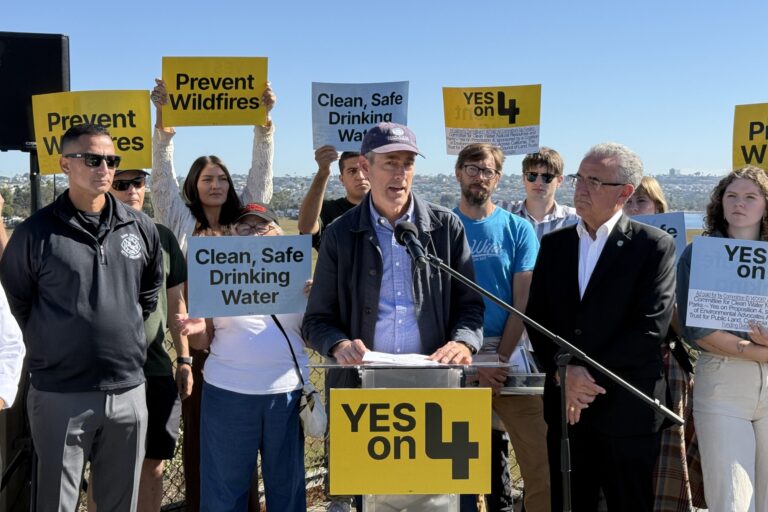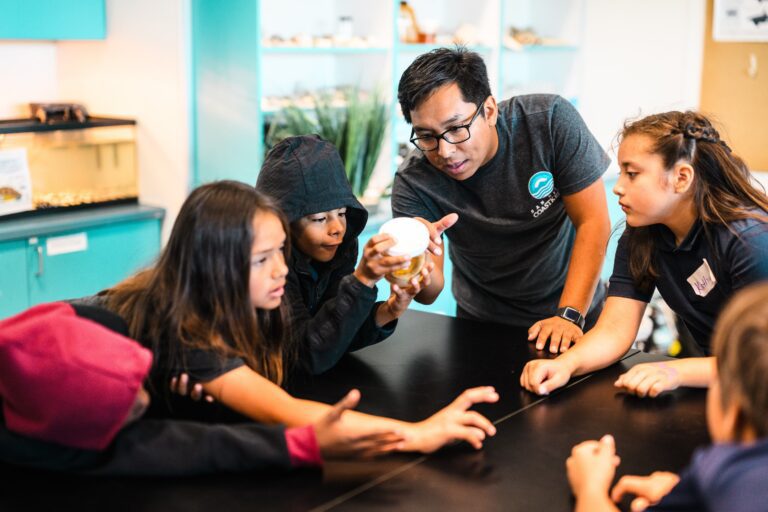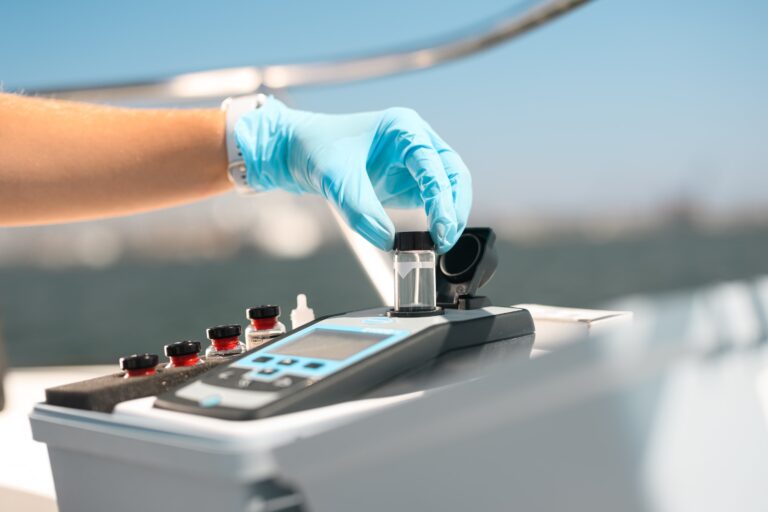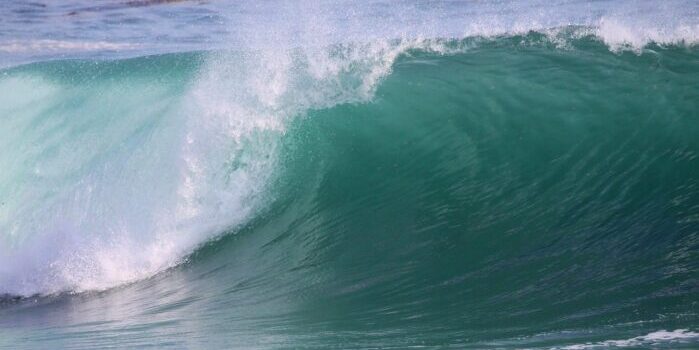There are a number of ways to expand water supply in San Diego. San Diego Coastkeeper supports following the route of reduce, reuse, recycle, before attempting to find new sources.
Reduce:
First and foremost, we need to focus more on water conservation, or reducing the amount of water we actually use. It’s the easiest, cheapest way to boost our water supply. It is also the focus of the Be Water Wise 20 Gallon Challenge, a campaign to reduce the amount of water used per household by 20 gallons per day. Conservation techniques can include anything from taking shorter showers to starting a compost bin so you use less water running the disposal and much more.
Reuse: 

Greywater also can be used for irrigation, with the added bonus of reducing the amount of water sent to treatment plants and released into the ocean. Using greywater at home is more complicated than catching rainwater, as it requires a plumber to divert water exiting bathroom sinks, washing machines, and showers (all with very low dirt-to-water ratios) to landscaping outside the house (storage of greywater is not advised). The low level of detergents and dirt can actually be good for the plants, but keep it on your property and avoid runoff to the street.
Recycle:
Wastewater recycling, or Indirect Potable Reuse (IPR) if used for drinking water, falls into this category. Sometimes called “toilet to tap” by detractors, the process uses advanced treatment processes to treat wastewater to levels even cleaner (page 108 of this report) than San Diego’s typical drinking water, then put it back in the water supply. A Demonstration Project is underway to prove the process safe for San Diego. If it succeeds, wastewater recycling could be the next step in increasing our water supply.
Purple pipe is the other side of wastewater recycling, where wastewater is only partially treated and used for irrigation. Coastkeeper is in favor of this strategy only in targeted areas, as it requires a separate plumbing system and is therefore very expensive to install.
New Sources:
After experimentation with the above sources, it might be necessary to look for new water sources. Further importation of water is theoretically possible, but San Diego already imports more than 80 percent of its water from the Sacramento/San Joaquin Delta and the Colorado River, supplies not under our control. Increasing that percentage would be risky, so any further imports would have to be done in combination with other techniques.
Desalination is another option, but while local, this source of water has a number of problems. A major one is the intake pipe: open-ocean intakes function as vacuums into the sea or lagoons where they suck in and kill marine life, a major issue. Subsurface intakes are better, as they take in salt water from under the sand and so greatly limit fish kills. The process of desalting ocean water is very similar to Indirect Potable Reuse, but because of the higher salt content, it is very energy-intensive. Besides the desired freshwater, the process also yields a very saline chemical-laden brine – diluted, the brine can be released into the ocean, but it can poison marine life if too concentrated. Menachem Elimelech, director of the environmental engineering program at Yale, said in a News Hour interview, “Desalination of seawater, because it is energy intensive should always be as a last resort…. It can be and should be part of the portfolio for water supply but only after all other measures are done.” Coastkeeper believes that desalination could have a place in San Diego’s water portfolio, but only on a limited scale and only using subsurface intakes.













